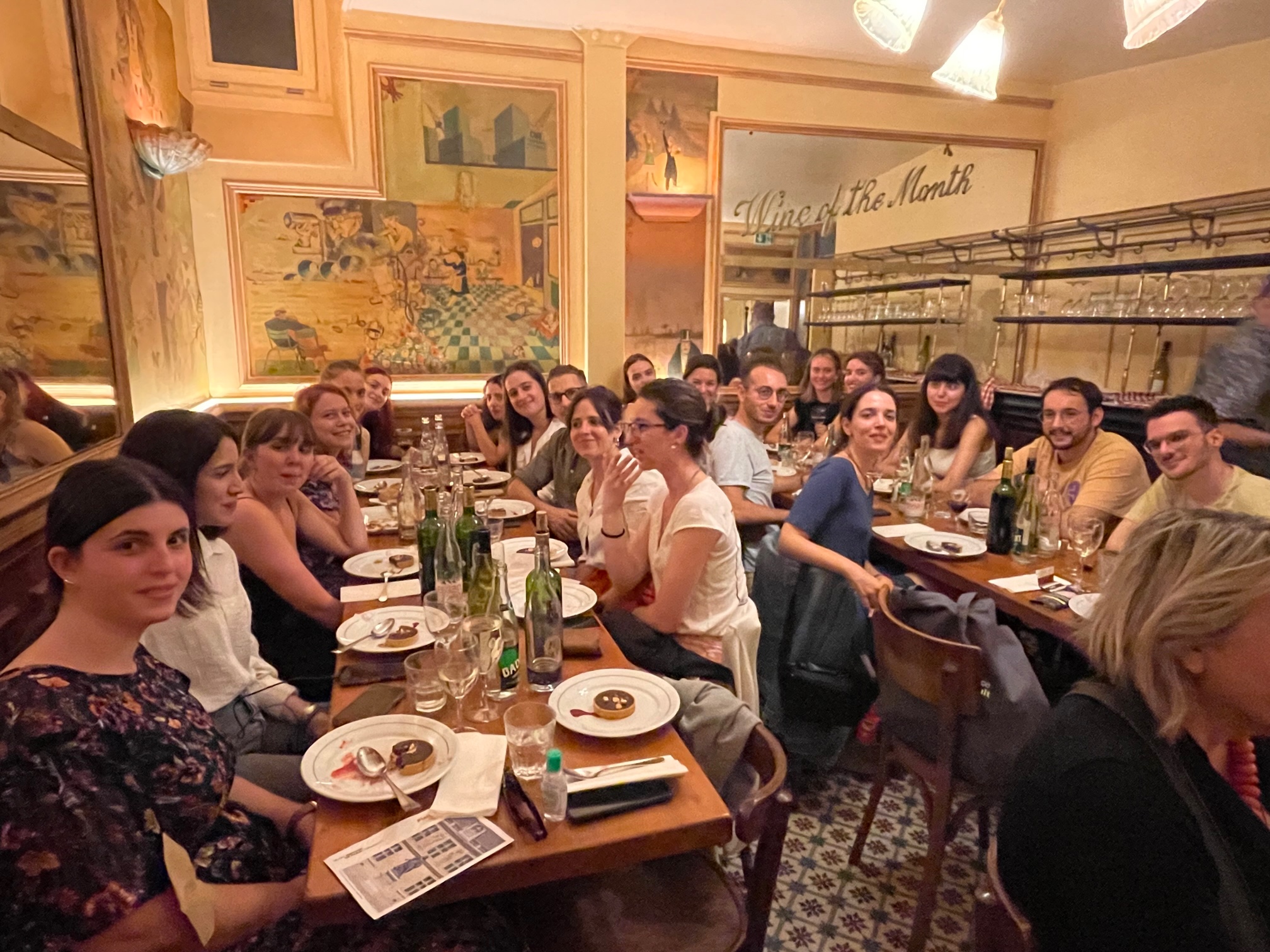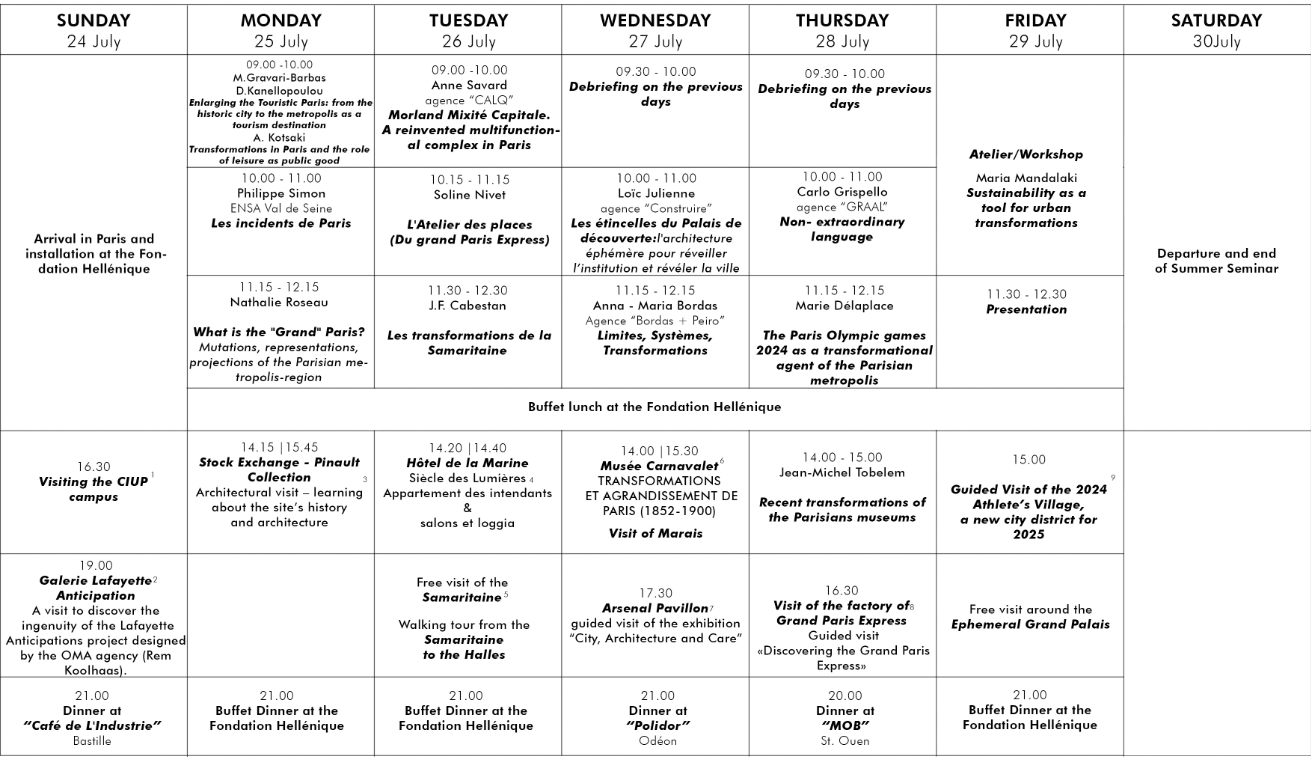

Architectural, Urban,
Metropolitan
Year I
2022

Presentation /
The city of Paris, historic place of power, has been the scene of ambitious urban transformations in its distant or nearer past. It is currently experiencing unprecedented urban developments.
These concern first of all its intramural districts where we are witnessing a change in the precedent of urban functions for the most part inherited from the 19th century (such as hospitals, markets, public services, department stores, industries or warehouses, etc.). New functions (cultural, touristic or residential for the most part) invest buildings with a certain heritage interest.
Beyond the city of Paris, the Paris metropolis is currently being actively developing. The Grand Paris Express, a 155km metropolitan transport network, punctuated by 68 new stations on the outskirts of Paris, is bringing about an unprecedented change of scale and transforming the relationship between Paris and its suburbs in an unprecedented way
At the same time, the city and the Paris metropolis were preparing to host the 2024 Olympic Games, to take place both in the city center and in the northern outskirts of Paris in particular. New centralities are created, thus radically changing the geography of French capital.
It is this set of transformations that the Summer School studied. Several personalities (local decision-makers, architects and urban planners, social science researchers) intervened in the context of seminars or field visits. Indicatively, places such as the former stock exchange transformed in 2021 into an Art Center by Tadao Ando (Pinault Collection), the La Samaritaine department store transformed into a hotel, accomodation and shops will be discussed and/or visited; the Hôtel de la Marine (former headquarters of the Ministry of the Navy) transformed into a place of culture, are a few examples.
The students of the Summer School will also visit important monuments and places of Parisian history, such as the Carnavalet Museum (museum of the City of Paris), or the Pavillon de l'Arsenal (place dedicated to the presentation of the projects of town planning in Paris). Conferences and visits will also be dedicated to the construction sites of the Greater Paris metropolis, such as the Fabrique du Grand Paris, presenting the new metropolitan network or projects for the 2024 Olympic Games.



